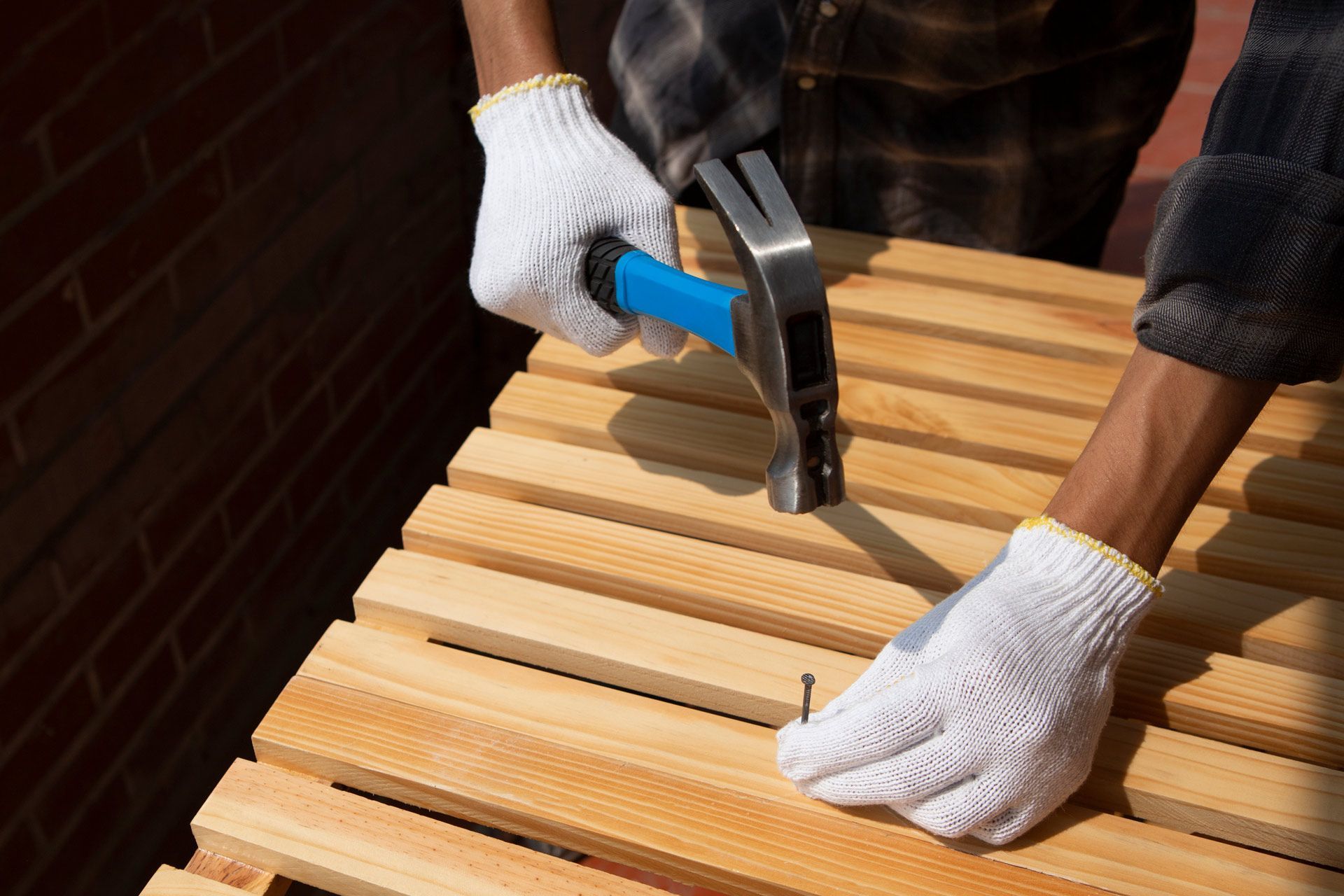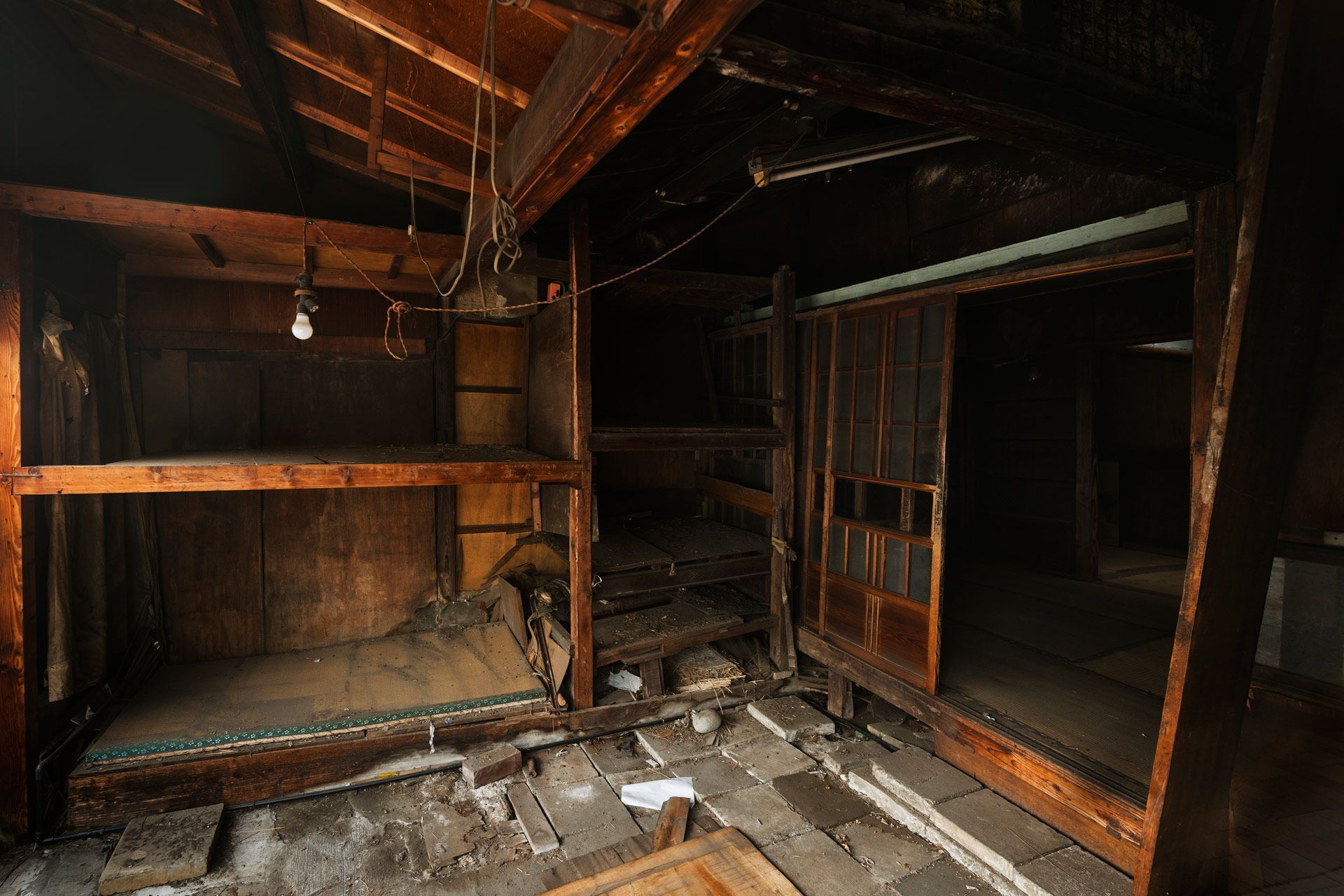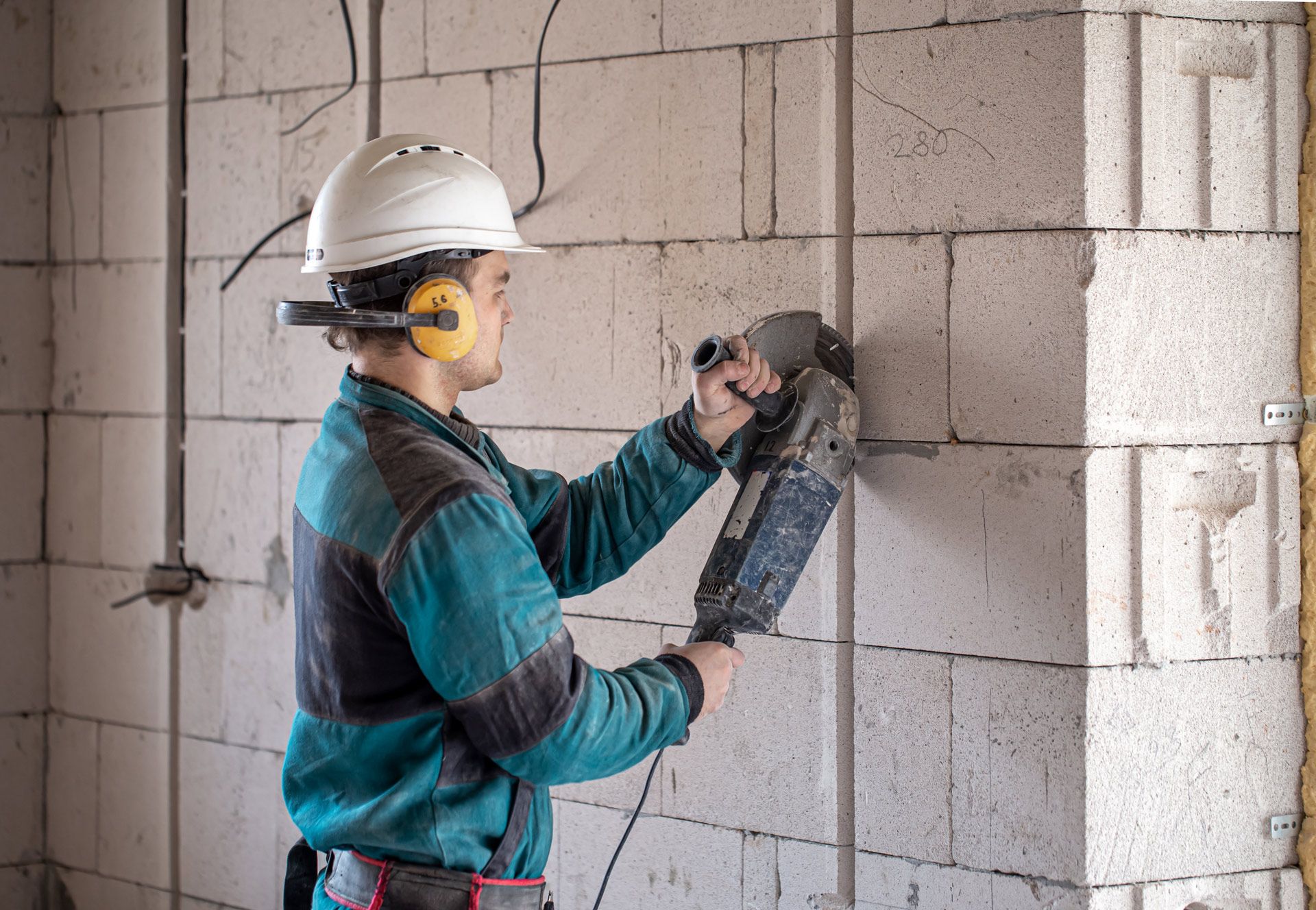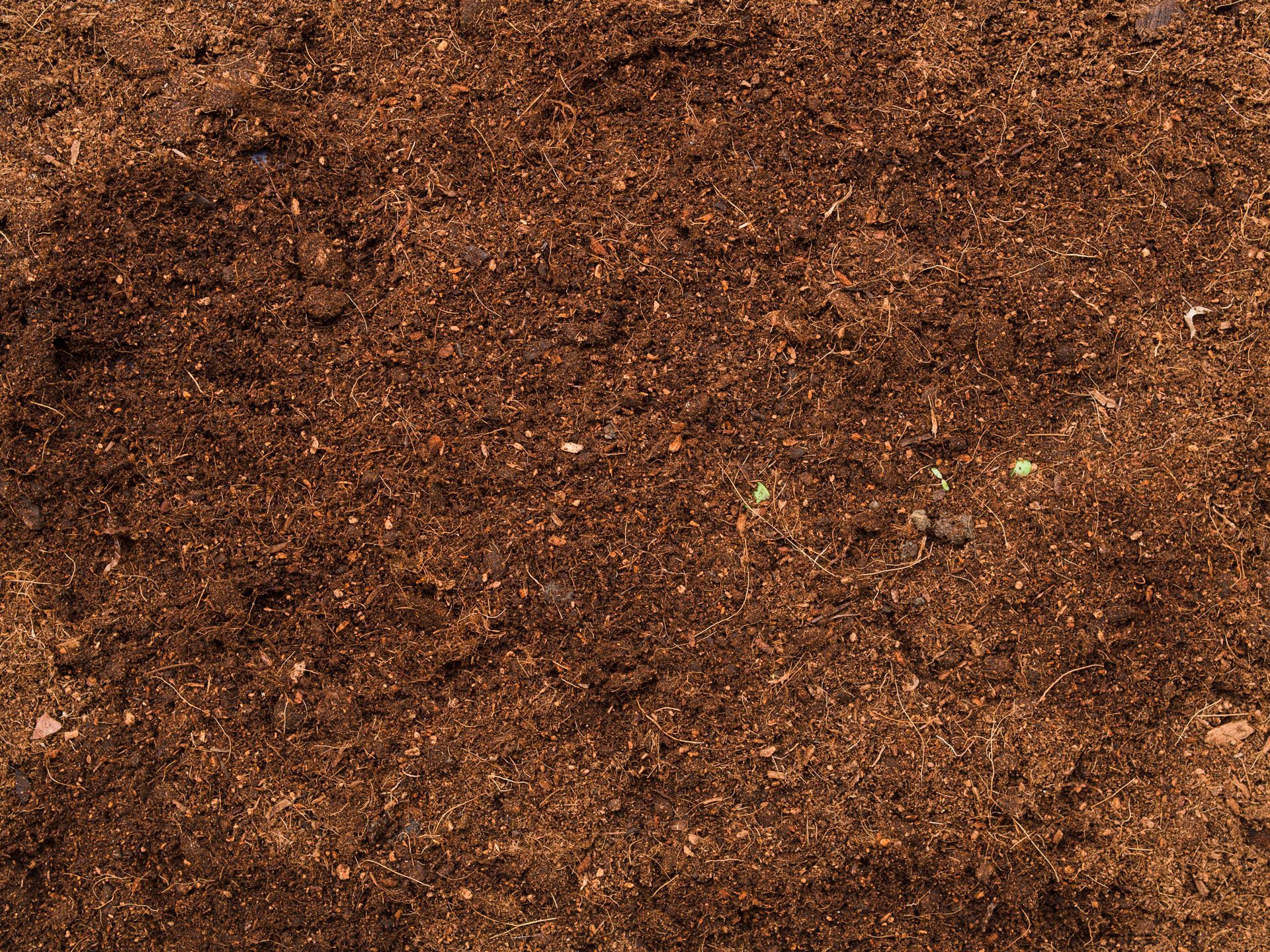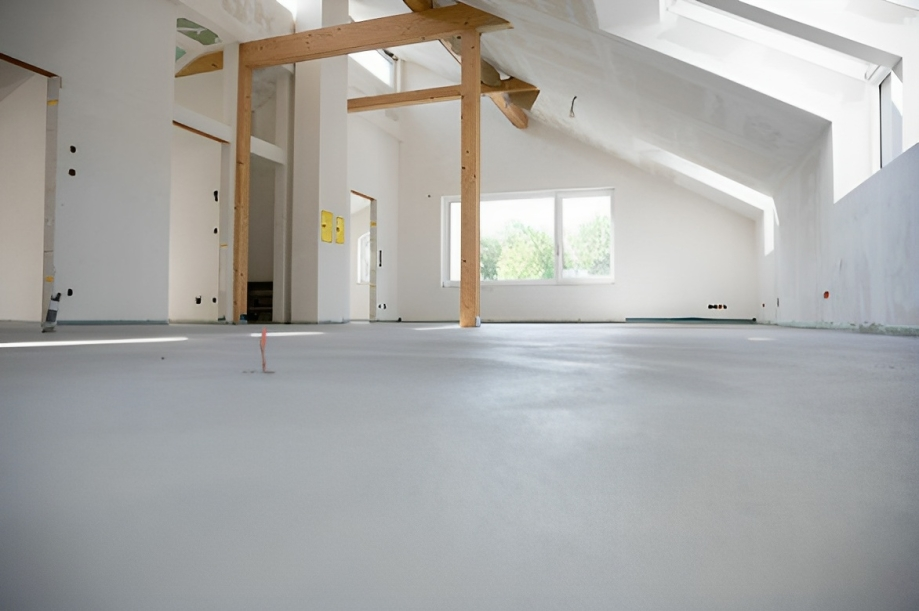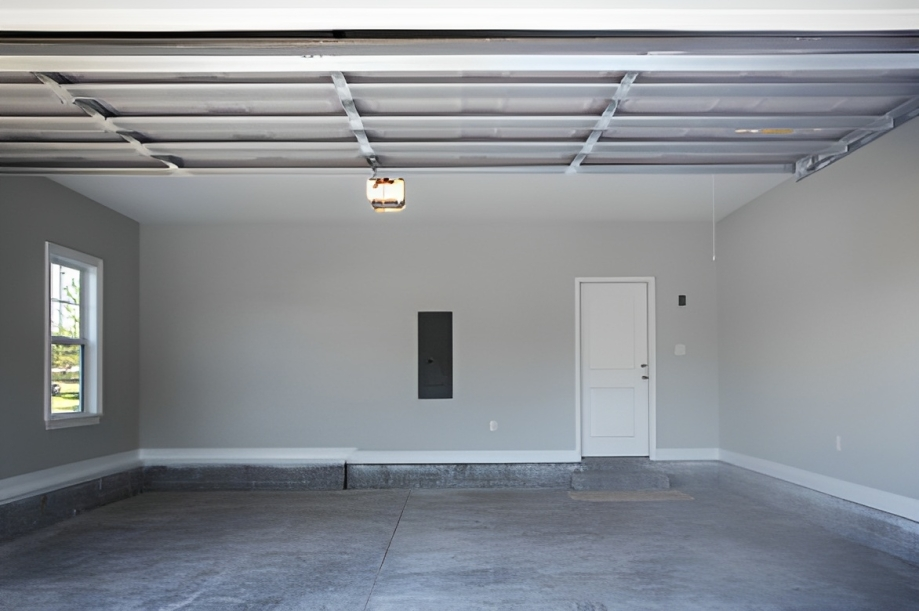What Is a Crawl Space and Why It Matters for Homeowners in Charlotte, NC
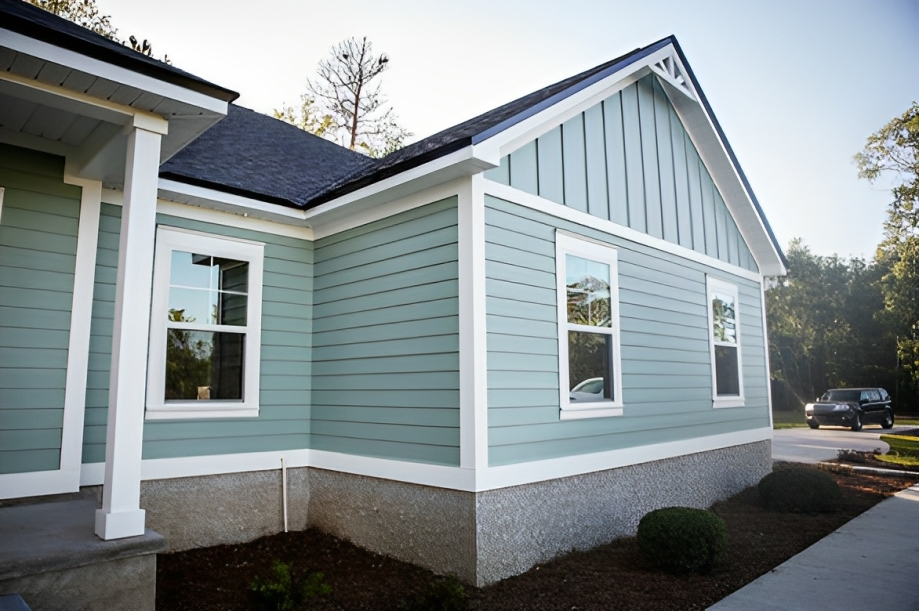
If you’ve ever noticed a musty smell in your home or cold floors in winter, the answer might be right beneath your feet. That hidden area under your house — often dark, damp, and overlooked — is called a crawl space.
Many homes across the Charlotte, NC area are built with crawl spaces instead of basements or concrete slabs. Yet, few homeowners understand what they are or how much they impact a home’s comfort, safety, and value.
This guide explains what a crawl space is, why it matters, common issues to watch for, and what to do if yours needs attention.
What is a Crawl Space?
A crawl space is the narrow, unfinished area between the ground and the first floor of a house. It’s typically only a few feet high — just enough room to crawl, hence the name. Builders use crawl spaces to raise homes off the ground, protect the structure from moisture, and provide access to plumbing, wiring, and ductwork.
In many Charlotte-area homes, crawl spaces are used instead of basements because they’re cost-effective, easier to construct, and better suited to the region’s soil and humidity.
Homes with crawl spaces can be vented or sealed. Older homes often have vented crawl spaces, while newer or updated homes are encapsulated to keep out moisture and pests.
Why Crawl Spaces Matter
Your crawl space plays a bigger role in your home’s overall health than you might think. Here’s why it matters:
- Moisture Control: The crawl space acts as a barrier between your home and the damp ground below. If moisture seeps in, it can affect air quality and cause wood rot.
- Energy Efficiency: A poorly insulated crawl space can make heating and cooling less effective, leading to higher energy bills.
- Indoor Air Quality: Up to half of the air in your home comes from your crawl space. If it’s musty or moldy, that air circulates into your living space.
- Structural Integrity: Over time, unchecked moisture and pests can weaken floor joists, beams, and foundation supports.
Common Crawl Space Problems
Before major damage occurs, it helps to understand what can go wrong below your home. Here are the most frequent issues homeowners face.
1. Excess Moisture
Standing water, damp soil, or condensation on joists are warning signs of excess moisture. Left alone, this can lead to rot, mold, and structural damage.
2. Mold and Mildew
Moisture creates a perfect environment for mold and mildew growth. These not only damage wood but can also impact respiratory health.
3. Pest Infestations
Crawl spaces attract pests like rodents, termites, and insects, which thrive in dark, damp areas. They can chew through insulation and wiring or damage wooden supports.
4. Poor Insulation
Missing or damaged insulation allows heat and cold to pass freely through your floors. This can make your home uncomfortable and increase energy costs.
5. Structural Weakness
Sagging floors, cracked joists, or leaning supports are serious red flags. Over time, moisture and soil movement can compromise the home’s stability.
How to Assess Your Crawl Space
You don’t need to be an expert to spot potential problems — just careful observation and a little time. Here’s how to start your own inspection.
- Locate the Access Door: It’s usually outside or through a floor hatch inside.
- Use Proper Safety Gear: Gloves, flashlight, and a dust mask are recommended.
- Inspect for Moisture: Look for puddles, water stains, or damp soil.
- Smell the Air: A musty or earthy odor often signals mold or mildew.
- Check Structural Elements: Notice any sagging or cracked wood beams.
- Look for Insulation Issues: Wet or missing insulation is a common cause of energy loss.
- Watch for Pests: Droppings or chewed materials indicate infestation.
If you find any of these problems — or simply want peace of mind — a professional inspection is the safest next step. A crawl space expert can evaluate moisture levels, structural health, and air quality, then recommend repair or encapsulation solutions.
Preventive Maintenance Tips
Crawl spaces don’t need constant attention, but regular checks can prevent big problems later.
Here are key habits that help keep your crawl space dry and stable:
- Keep gutters clean and ensure downspouts direct water away from the foundation.
- Maintain a gentle slope around your home so rain drains outward.
- Install a vapor barrier or encapsulation system if you live in a humid area.
- Consider adding a dehumidifier to regulate moisture levels.
- Schedule yearly inspections for moisture, pests, and insulation condition.
FAQs
- What’s the difference between a crawl space and a basement?
A crawl space is a short, unfinished area used mainly for access to plumbing and wiring, while a basement is tall enough to stand in and often used for storage or living space.
- Why does my crawl space smell musty?
Musty odors usually come from moisture and mold growth. When humid air circulates into your home, it carries those smells with it.
- Is crawl space encapsulation worth it?
Yes. Encapsulation seals the crawl space with a vapor barrier, insulation, and dehumidification. It reduces moisture, improves air quality, and protects the structure.
- How can I tell if my crawl space needs repair?
Signs include uneven floors, damp insulation, mold, standing water, or pests. If you notice any of these, get a professional inspection.
- How much does it cost to repair or encapsulate a crawl space?
Costs vary based on size, damage, and materials, but investing in prevention often saves far more than repairing structural damage later.
Conclusion
A healthy crawl space means a healthy home. It affects air quality, energy efficiency, and the long-term strength of your foundation.
For homeowners in Charlotte and surrounding areas, the combination of humidity, rainfall, and older construction makes crawl space care especially important. If you suspect moisture or damage,
reach out to a trusted local expert like
Structural Works Group to inspect and protect your home from the ground
up.


